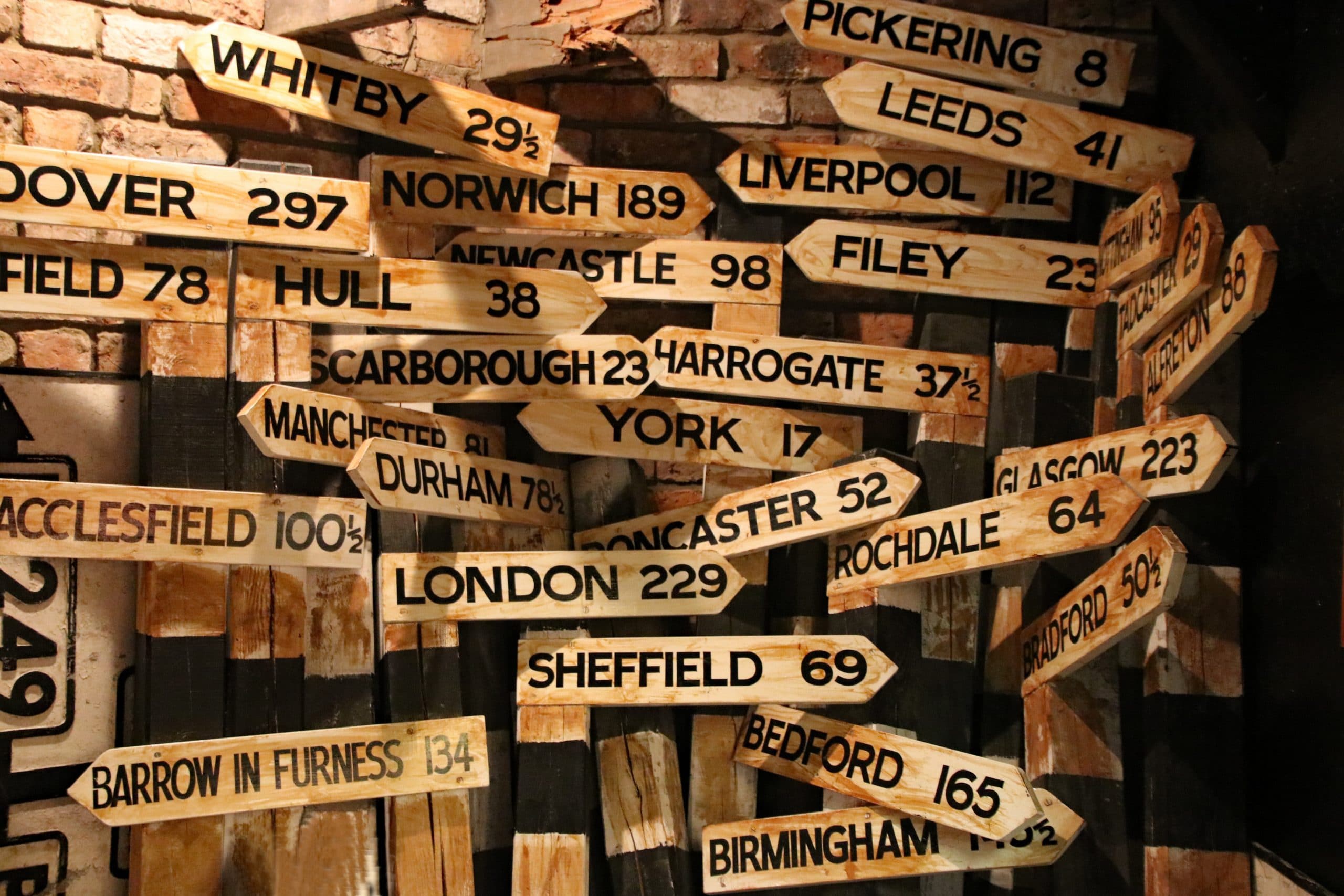Please fill out the details below to receive information on Blue Wealth Events
"*" indicates required fields

When it comes to investing in property, there are many questions that need answering. Undoubtedly the most important one is ‘Where should I invest?’ That is, where should you invest a large sum of money that has the potential to make a significant impact on your financial position. We often speak about investing where the opportunities are, which could mean searching well outside the area you live in. The reality is that for the average Australian their understanding of the property market doesn’t go much further than the suburb they live in.
The first thing I ever learnt working for Blue Wealth was to open my eyes to opportunities outside of my familiarity. The diversity in performance across the Australian property markets (our capital cities) means it is important to assess each city based on its own individual merits, and that selecting the right market is the first step. The right market is identified by considering the macro-economic drivers of the market and where it sits in the property cycle.
Similar to the Australian market, our capital city markets are made up of many sub-markets. Although market movements are often experienced across the market entirely, the extent of the movement can depend on the suburb or region (the sub-markets).
A key principle when investing is removing the emotion behind your decision and selecting locations based on their market fundamentals rather than your perception of the suburb as a place in which you will live.
Broadly speaking, Melbourne’s housing market has performed well over the past few years with the second highest growth rate in the country, only trailing Sydney. Had you invested in a suburb based on desirability you’d likely have invested in Melbourne’s south-eastern bayside region.
When looking at the top performing housing markets in Melbourne’s inner to middle ring between 2015 and 2017, it is interesting to note that only one of the top ten suburbs for median house price growth was in the bayside region. The majority of the top ten suburbs are located within the north and west of Melbourne; the percentage figure refers to price increases:
Over the last fifteen years, many of these suburbs benefited from a period of gentrification that transformed the suburb and drove demand. Blue Wealth has over 180 clients who have invested in these high performing suburbs.
Over the same period Greater Melbourne’s median house price increased by only 16%. Over 300 other Blue Wealth clients have secured investment properties in suburbs with an average growth rate more than double the rate of Greater Melbourne’s. Many of these suburbs are currently transitioning through a period of gentrification similar to what previously occurred in now top performing suburbs like Richmond, Carlton, Fitzroy and Abbotsford. This exposes strong potential for future growth.
Identifying the right market is critical to maximising your potential capital appreciation. The Blue Wealth research team will continue to identify markets that are set to outperform the city averages.
